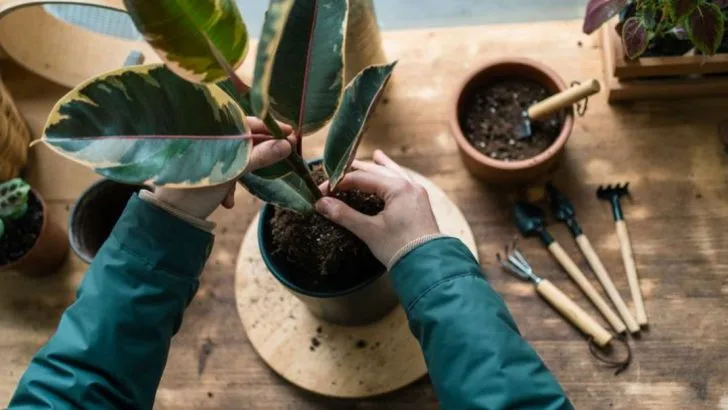We’ve all been there—your once-thriving houseplant is looking droopy, yellowing, and less than lively. Whether it’s due to overwatering, underwatering, or insufficient light, a dying houseplant can be both frustrating and disheartening. But don’t despair! With the right care and some expert tips, many plants can be revived and restored to their former glory.
By diagnosing the problem and making the necessary adjustments, you can bring your plant back to life, improve its health, and enjoy its beauty once more. Whether it’s a succulent, a sprawling vine, or a delicate flowering plant, each type of plant has its own needs.
In this article, we’ll share proven tips to help you revive a dying houseplant and get it back on track to flourishing once again.
Assess the Environment
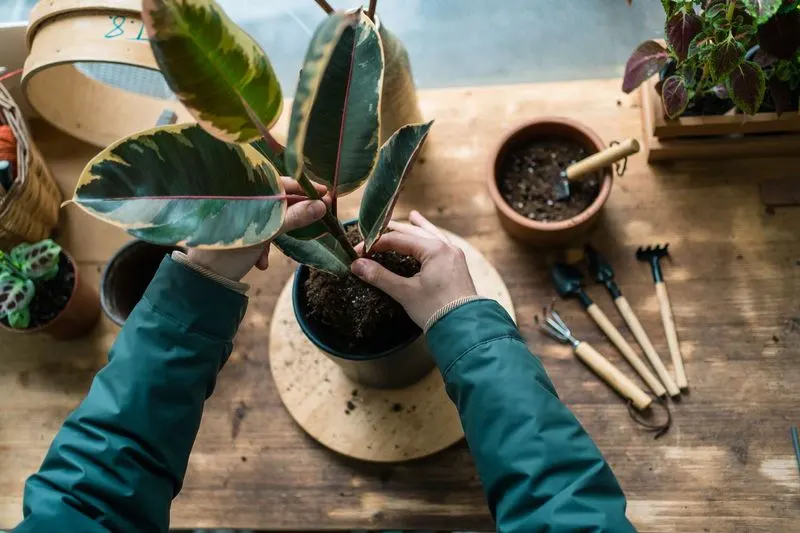
Examine where your plant resides. Is it too close to a drafty window or suffering from harsh direct sunlight? Environmental factors like these can stress a plant. Moving it to a spot with indirect light can often make a world of difference.
Consider the room’s temperature and humidity as well. Plants are sensitive to sudden changes in these conditions. A consistent environment mimicking their natural habitat is ideal.
Adjustments like finding a cozy corner away from air conditioning or heaters might be what your plant needs to bounce back to health.
Check the Soil Moisture
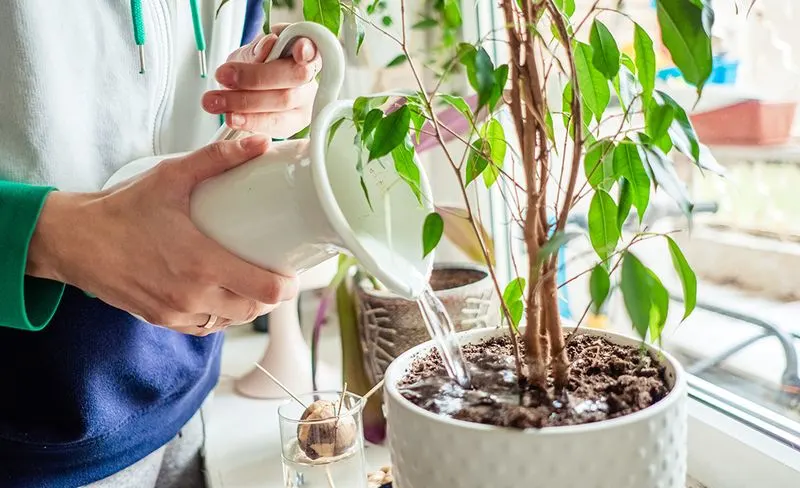
Overwatering or underwatering is a common culprit in a plant’s decline. Stick your finger an inch into the soil to gauge its moisture level. If it feels dry, it’s time for a drink; if it’s soggy, hold off.
Ensure that your pot has proper drainage to prevent water from pooling at the bottom. Poor drainage can lead to root rot, a serious issue for plants.
Regularly checking moisture levels helps you better understand your plant’s needs, ensuring it gets the right amount of water without drowning or drying out.
Prune Dead Leaves
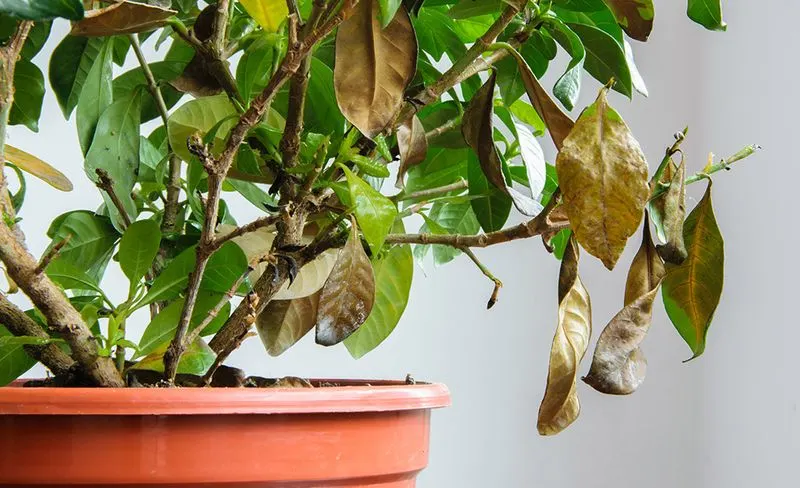
Dead or yellowing leaves can drain a plant’s resources. Carefully trim these away with clean scissors to redirect energy to healthier parts.
Pruning not only helps with aesthetics but also boosts overall growth by removing unnecessary burden. It encourages the plant to focus on new, vibrant leaves.
Regular maintenance with pruning shears can keep your plant looking its best. Aim to cut just above a leaf node to promote bushier growth, enhancing both health and appearance.
Repot if Root-bound
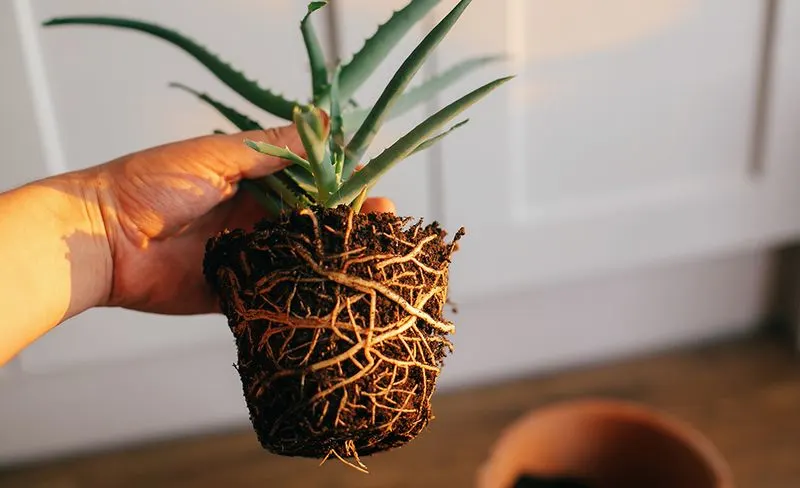
A plant that’s outgrown its pot may struggle, with roots visible on the surface or through drainage holes. Repotting can offer relief and space for growth.
Choose a pot slightly larger than the current one, allowing the roots to expand. Fresh potting soil provides essential nutrients for recovery.
Gently loosen bound roots before transferring. This process can rejuvenate a stressed plant, giving it room to thrive and grow healthily once more.
Fertilize Wisely
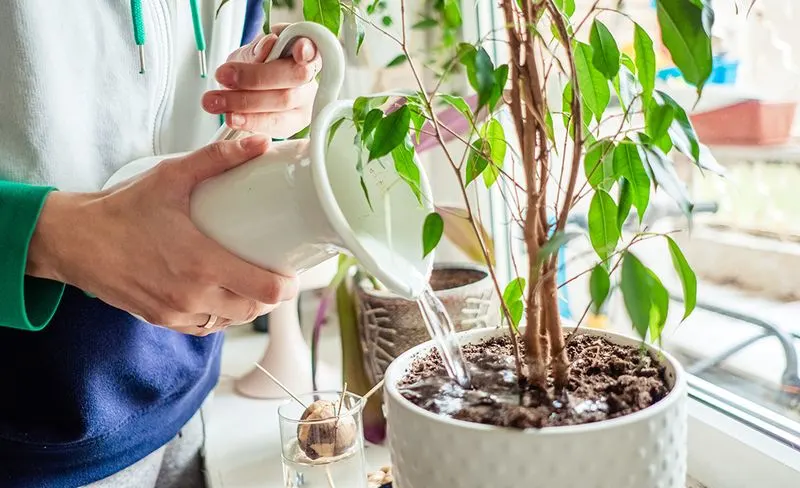
Nutrients in the soil deplete over time, leaving your plant hungry. A well-balanced fertilizer can replenish what’s lost, fostering growth and vitality.
Be cautious with the amount and frequency, as too much fertilizer can burn the roots. Follow the instructions specific to your plant type for the best results.
Using organic options can be beneficial, providing a gentle boost without harsh chemicals. This nourishment can reinvigorate your plant, promoting lush, healthy foliage.
Monitor for Pests
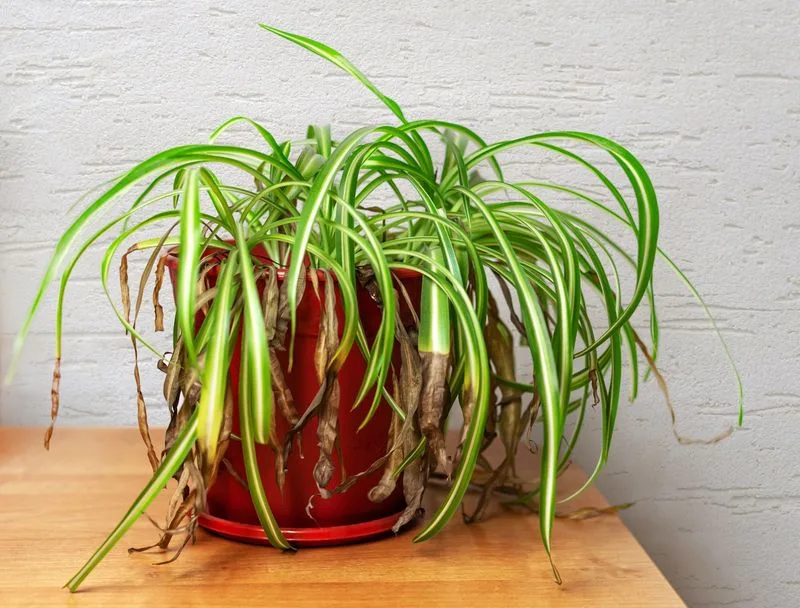
Pests like aphids or spider mites can wreak havoc if left unchecked. Regularly inspect leaves, both top and bottom, for signs of infestations.
A gentle wash with soapy water can often remove unwanted guests. Neem oil is another effective remedy, offering a natural solution to pest problems.
Acting quickly at the first sign of trouble can save your plant from further distress, ensuring a quick recovery and continued growth.
Provide Consistent Care
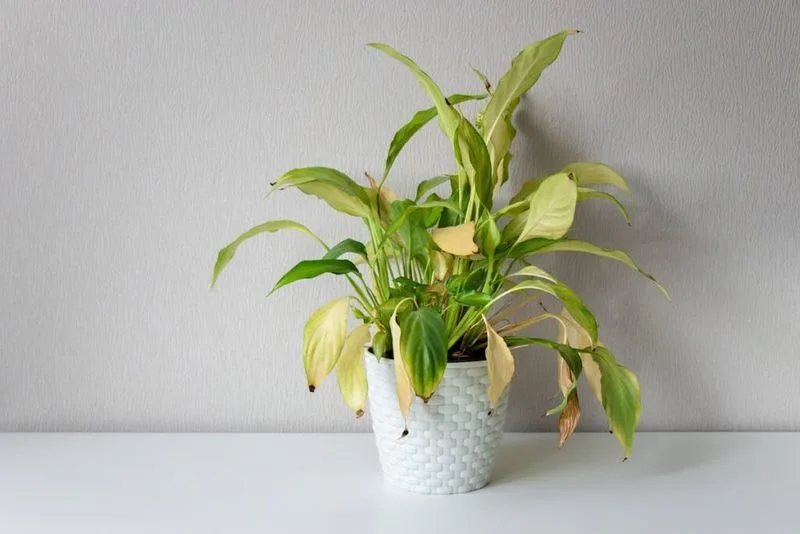
Consistency is key in plant care. Develop a routine that includes watering, feeding, and checking for pests. Plants thrive when they receive regular attention.
Life gets busy, but setting reminders can help you stay on track. Observing changes over time allows you to adjust care as needed.
Being attentive and responsive to your plant’s signals fosters a nurturing relationship, helping it flourish and remain resilient through challenges.
Talk to Your Plant
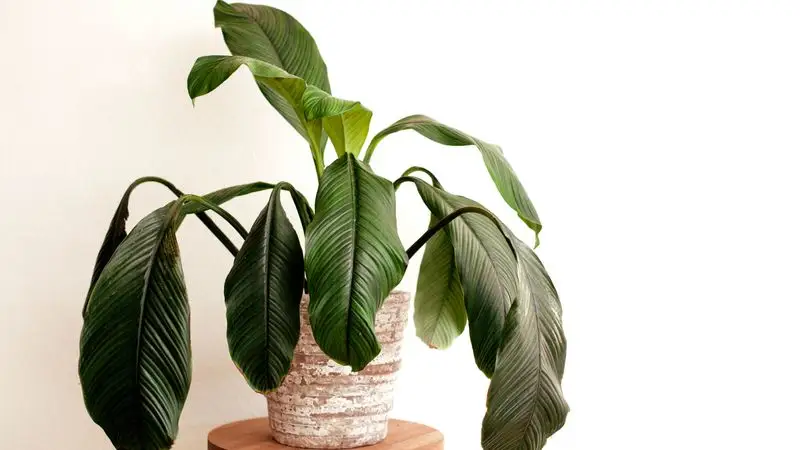
Ever thought about chatting with your leafy friends? It may sound quirky, but talking to your plant can actually help. Your voice’s vibrations can stimulate the plant’s growth. Speak softly or sing a little song; your plant might just perk up!
People have long believed in the power of words, and plants are no different. Encouraging words and a positive environment can contribute to the plant’s healing process. It’s a simple yet effective technique that requires nothing but your voice and a bit of time each day.
Go ahead, and start a conversation!
Dance Party for Plants
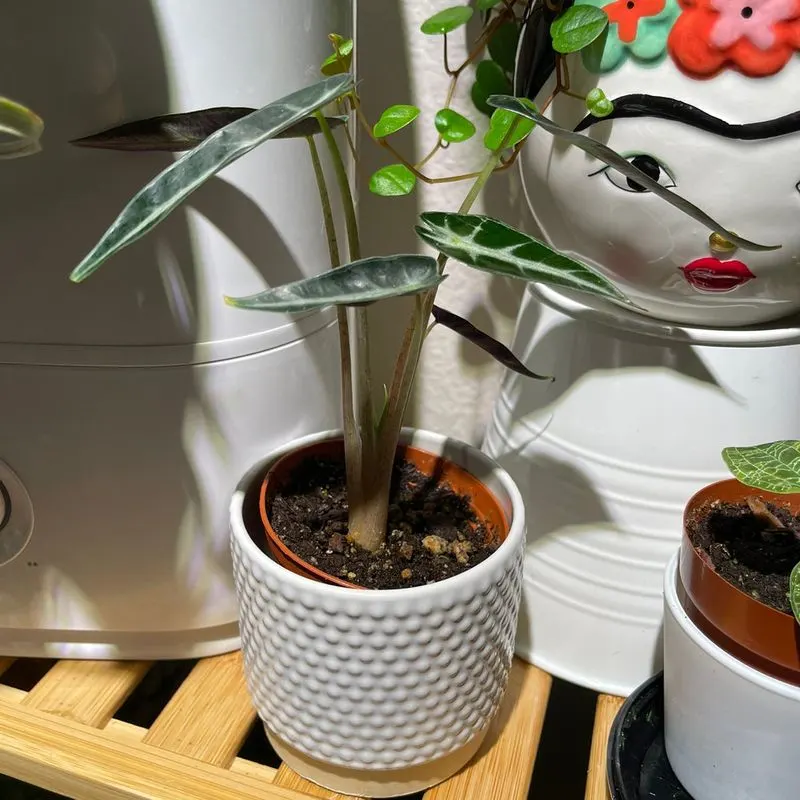
Why not throw a little dance party for your plant? The vibrations from music can actually stimulate growth and improve health. Choose upbeat tunes and let the rhythm do the work.
Not only does this create a fun atmosphere, but it also promotes a lively environment that plants thrive in. Remember that moderation is key; play the music at a reasonable volume.
Invite friends over for the party, and enjoy some quality time while helping your plant recover. It’s a win-win for everyone involved!
Piano Serenade
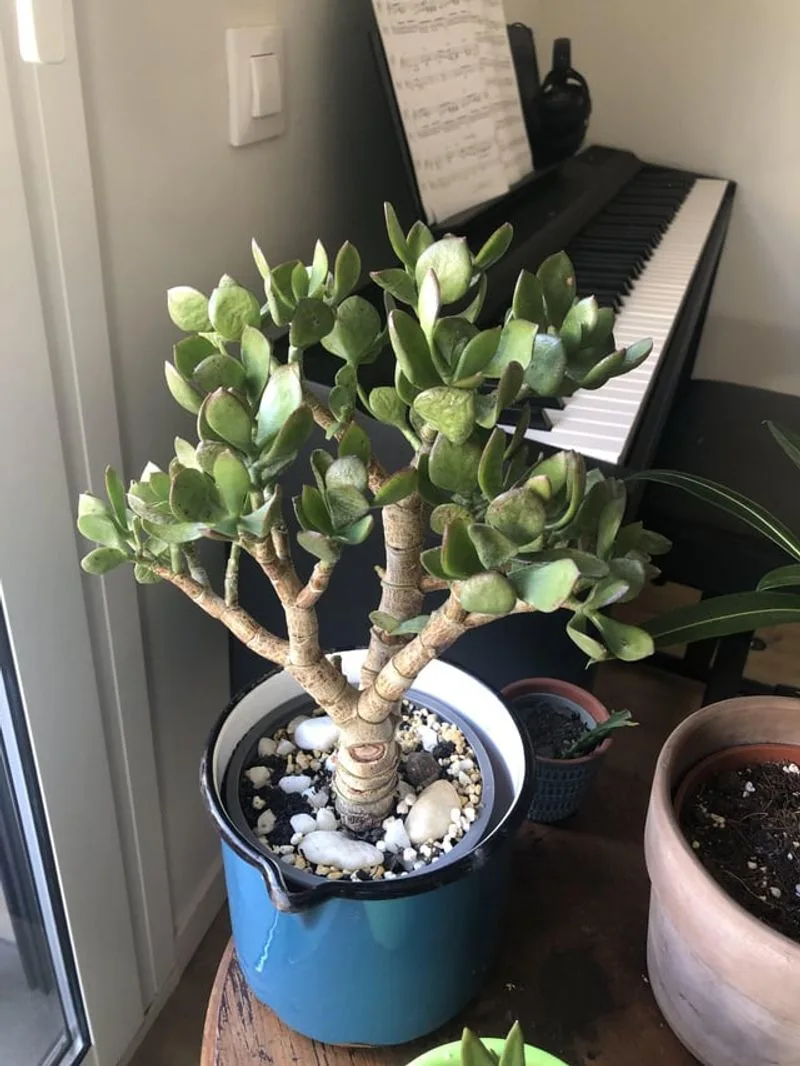
Playing piano music to your plants might sound odd, but the soothing notes can work wonders. The gentle vibrations of the piano can enhance the plant’s energy and promote its recovery.
Create a serene ambiance by playing classical pieces. Your plants may respond positively to this nurturing environment.
It’s not just about the music; it’s about creating a bond through a shared experience. Whether you’re a piano enthusiast or a beginner, this approach offers a harmonious way to connect with your plants. Try it out and watch them flourish!

